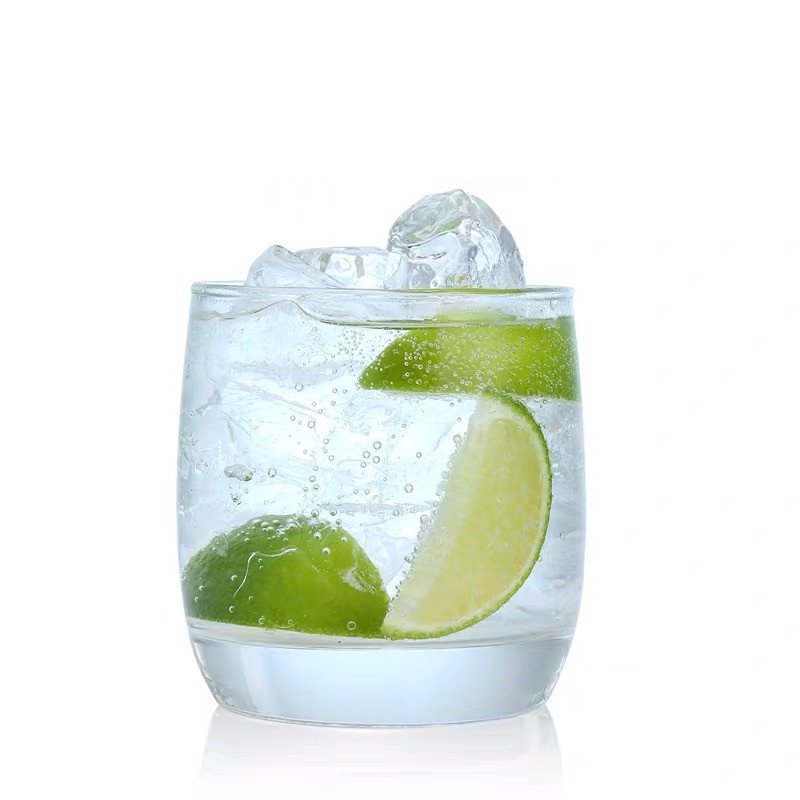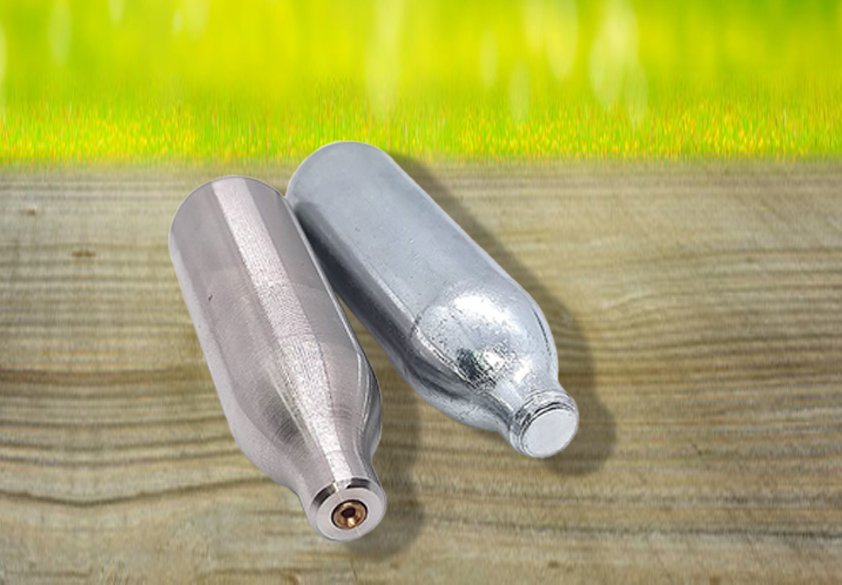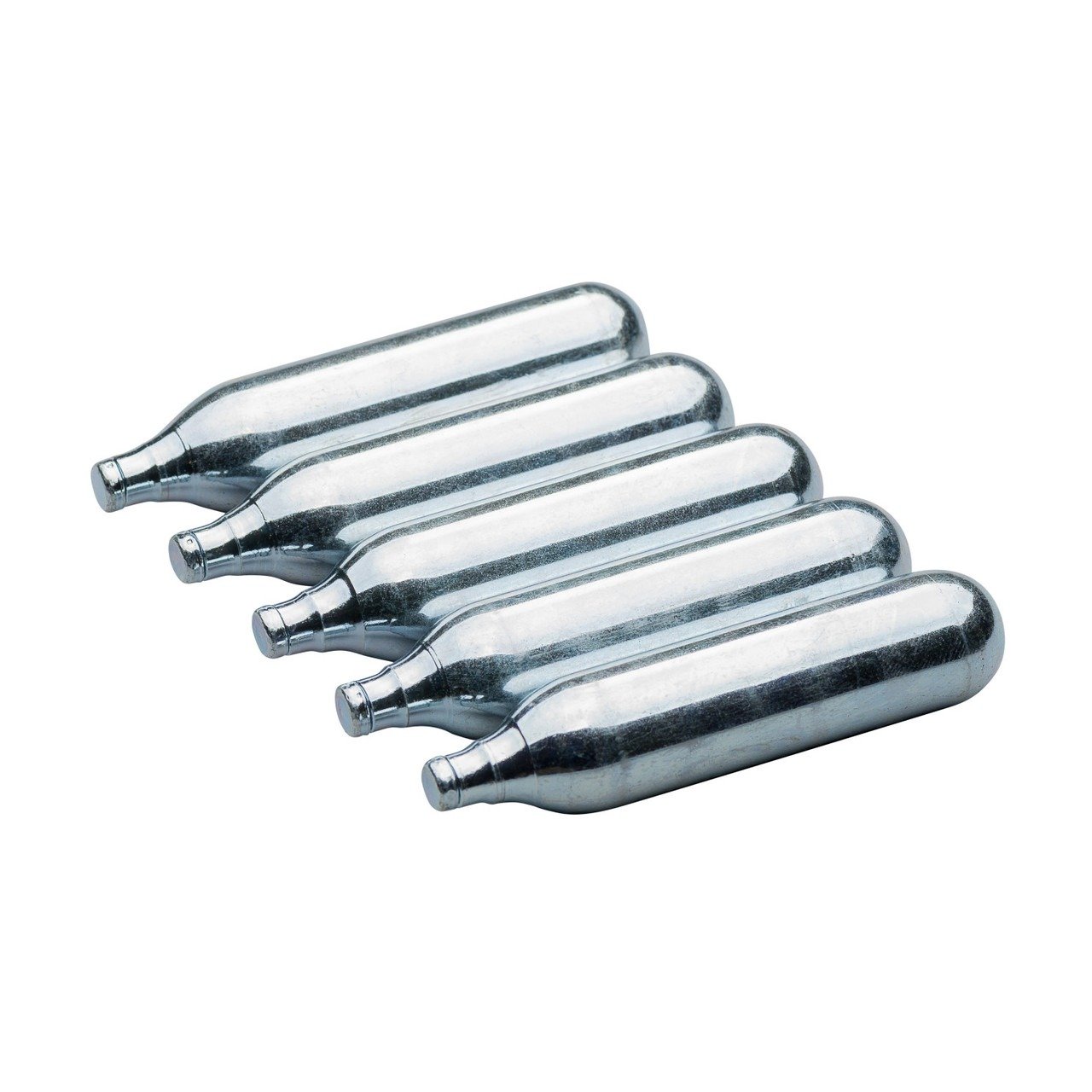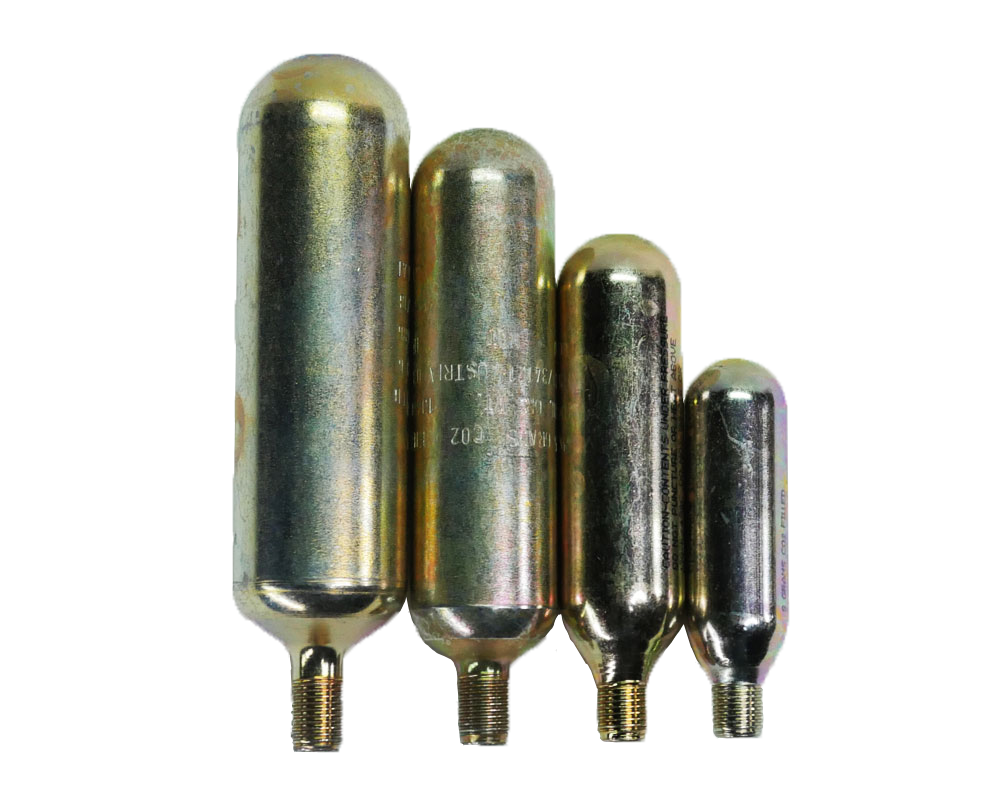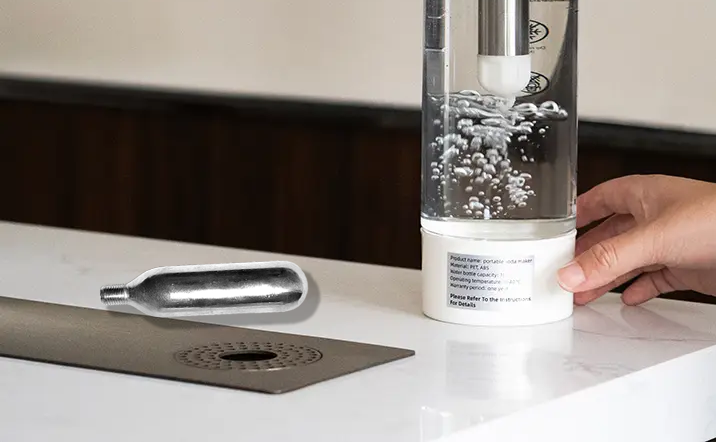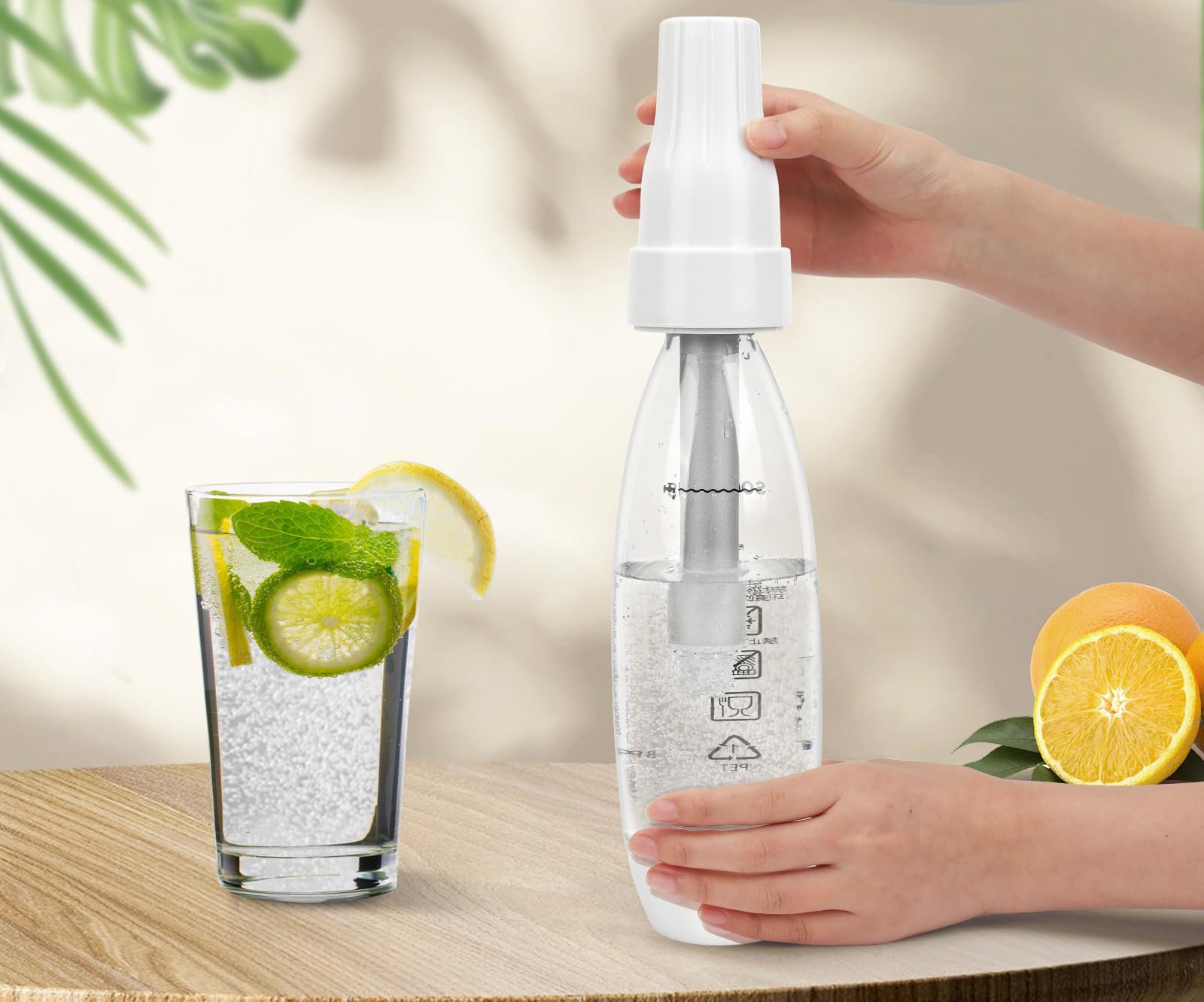Are you uncertain whether a single-use 8g CO2 cartridge can meet your soda-making needs? You want exact answers—not vague estimates. This guide clears the fog.
Quick answer for Google
An 8g CO2 cartridge typically carbonates about 1 liter (≈34oz) of plain water under ideal conditions. Depending on temperature, device type, and desired fizz, the real-world range tends to stay between 0.8 to 1 liter. This helps you plan more accurately.

But what makes that number change from one situation to another? And how can you stretch each gram of CO2? Read on.
Why does the carbonation yield vary so much?
You might assume “1 liter per 8g” is fixed—but it’s not. The actual yield depends on several factors, and understanding them ensures consistency.
In real tests, one 8g CO2 cartridge is typically enough to carbonate around one liter of water—if the water is cold and the device seals well. But even small changes in method or ingredients can shift that number significantly.
Key Influencers to Keep in Mind
| Factor | How It Affects CO2 Usage |
|---|---|
| Water temperature | Colder water absorbs CO2 more efficiently. |
| Device efficiency | Quality of fittings and pressure control matters. |
| Fizz preference | Stronger fizz requires more CO2. |
| Seal quality | Loose caps or worn gaskets lead to waste. |
Understanding how these variables interact is the first step toward reliable, cost-effective carbonation.
What does “1 liter per 8g” actually mean?
The popular guideline—1 liter per 8g—is accurate under ideal conditions. That usually means well-chilled water, minimal agitation, and a pressurized, leak-free soda maker.
In many home or business setups, especially those using flavored or room-temperature water, the cartridge often carbonates closer to 0.8–0.9 liters. The difference may seem small, but over hundreds of uses, it adds up.
How can I get the most from each cartridge?
If you’re managing costs or simply want consistency in taste, improving CO2 efficiency is essential.
- Chill your water
Cold water dissolves more gas, so store it below 5 °C before carbonation. - Check seals regularly
Loose caps or worn-out threads lead to invisible leaks and gas loss. - Avoid overfilling bottles
Leave space for pressure to build—don’t fill past the max line. - Use controlled bursts
Slow-release carbonation absorbs better than one big blast. - Standardize your process
Especially in small-scale soda production, repeatable methods help you reduce waste and track usage.
For those using soda systems in cafés or retail brands, even minor gains in efficiency can make a big difference. If you’re looking to match cartridge size with your current soda machine setup, here’s a detailed overview of cartridge options used in soda makers that might help.
Want proof it works?
Real-world tests show that with cold water and the right carbonation method, a single 8g CO2 cartridge can carbonate close to one liter. But as soon as the water is warmer or the seal isn’t tight, you’ll see fizz loss. One test even measured the drink yield and found consistent results across several trials. You can explore the test details and practical numbers in this hands-on breakdown of CO2 cartridge performance.
Conclusion
An 8g CO2 cartridge can carbonate around 1 liter of water—but only if you control the process. Cold temperatures, tight seals, and steady technique are the real secrets behind every fizzy sip.

